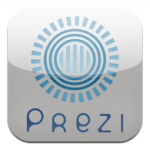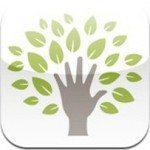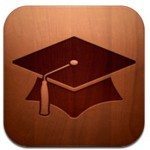
What Are The Characteristics Of An iPad-Ready Classroom?
Implementing iPads isn’t exactly a just-add-water proposition.
While they’re wondrous little devices capable of enchanting learners for hours, to get the learning results you’re likely after will take planning, design, and reflection.
It can help to start out by asking yourself some important questions, such as “What can the iPad do that is not possible without it? Put another way, what problems does the iPad solve?”
But the learning environment you’re starting with can make a big difference as well. It’s one thing to come up with individual lesson plans high on the wiz-bang factor, but low in terms of sustainability.
Below are 4 distinct areas of instruction and instructional design that can help frame the concept of iPad integration. Curriculum, Instruction, Assessment, and Integration.
There is more to the conversation, but rather than overwhelm you (not that you couldn’t handle it), it seemed better to simply start your thinker.
Curriculum is…
- Adaptive (less rigid)
Learning pathways, embedded differentiation and personalization, culturally and cognitively responsive tasks and work that honors constructivist thinking and doing over passivity and compliance - Dynamic (less static)
Having constant access to constantly changing information and media requires a curriculum that is equally dynamic - Digital (less physical)
Promoting blogging, collaborative project-planning via apps and cloud-based suites, digital presentations through apps like Prezi, curating of complex digital portfolios, etc.
Instruction is…
- Student-centered (less teacher or institutionally-centered)
Student as designer and producer, teacher as resource and assessment expert rather than knowledge holder and task-master - Diverse (less uniform)
With access to a nearly infinite number of digital domains, instruction will have to adapt in parallel, including peer-to-peer, student-to-student, school-to-school learning; mastery-based learning via apps such as the Khan Academy
- Focused on persistent transfer (less focused on “tests”)
iPads cater to media consumption and production. Intentional instructional scope-and-sequencing will help promote transfer of standards-mastery through both consumption (reading, viewing, observing) and production (designing, constructing, executing)
Assessment is…
- Authentic (less academic)
Seamlessly transfers to physical and digital domains of learner, with useful artifacts, products, and applications in the “real world” - Frequent & Formative (less intermittent and summative)
A climate of assessment that yields simple data digestible to all stakeholders–including the teacher - Fluid and/or Project-Based (less obsessed with standards and “proficiency”)
“Fluid” assessment provides a constant stream from a wide variety of sources and forms. This is possible in Problem-based, Challenge-based, or Community-Based projects that reward innovation, risk-taking, self-awareness, and inductive thinking patterns
Integrated with…
 School & District Initiatives (in isolation)
School & District Initiatives (in isolation)
Literacy and Technology plans, extracurricular programs, college-readiness programs, etc.- Relevant Communities (forced, awkward audiences–for the love of everything, please no more letters to the principals)
Digital, Physical, Local, Global - Apple Ecology (disconnected from other Apple and related ecologies)
ITunesU, Macs, Apps, iOS, Apple-friendly apps, etc.


